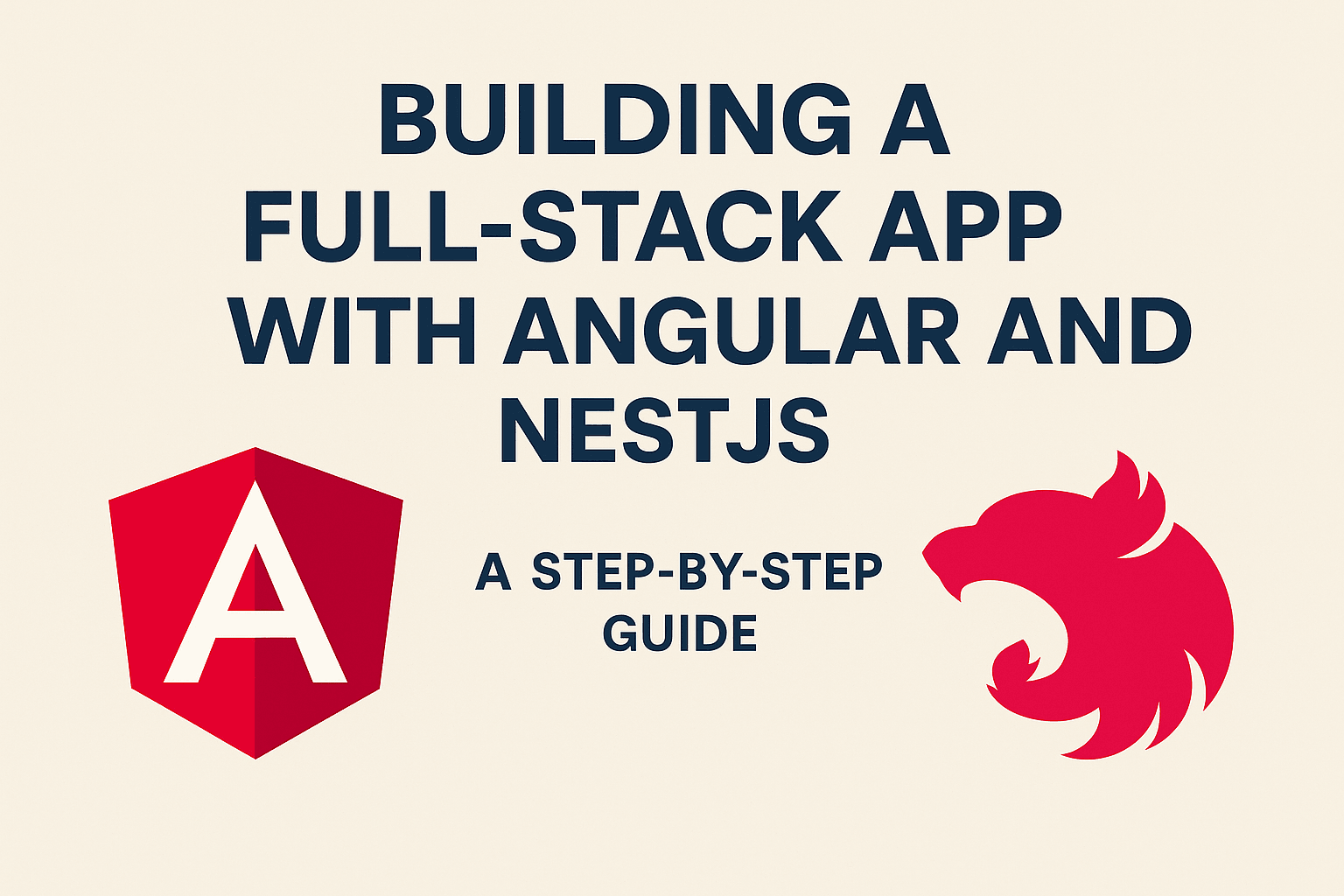Programming Languages
A Complete Introduction to Angular and NestJS for Modern Web Development

🔷 What is Angular?
Angular is a front-end web application framework developed by Google. It is built using TypeScript and provides a component-based architecture, reactive forms, powerful routing, and more.
🌟 Key Features of Angular:
- Component-Based Architecture
- Two-Way Data Binding
- RxJS Integration
- CLI Tools for Fast Development
- Built-in Routing & Lazy Loading
- Strong Typing with TypeScript
📦 When to Use Angular:
Angular is ideal for building:
- Large enterprise applications
- Progressive Web Apps (PWAs)
- Single Page Applications (SPAs)
- Admin panels and dashboards
🔶 What is NestJS?
NestJS is a progressive Node.js framework built with TypeScript. It is heavily inspired by Angular in terms of structure and design patterns, making it a great match for Angular developers moving to the backend.
🌟 Key Features of NestJS:
- Modular Architecture
- Built with TypeScript
- Support for REST APIs, GraphQL, WebSockets
- Powerful Dependency Injection
- Middleware, Pipes, Guards, and Interceptors
- Integration with TypeORM, Prisma, Mongoose, and more
🧱 NestJS is Perfect For:
- RESTful APIs
- Microservices
- GraphQL APIs
- Real-time applications (using WebSockets)
- Enterprise-scale backends
🧩 Why Use Angular and NestJS Together?
When you use Angular for the frontend and NestJS for the backend, you get a full TypeScript stack, leading to:
- Easier developer onboarding
- Reusable interfaces and types
- Better code consistency
- Faster development
You can build an entire end-to-end application using the same language and architectural patterns.
🚀 Basic Project Structure Example
A typical full-stack setup looks like this:


